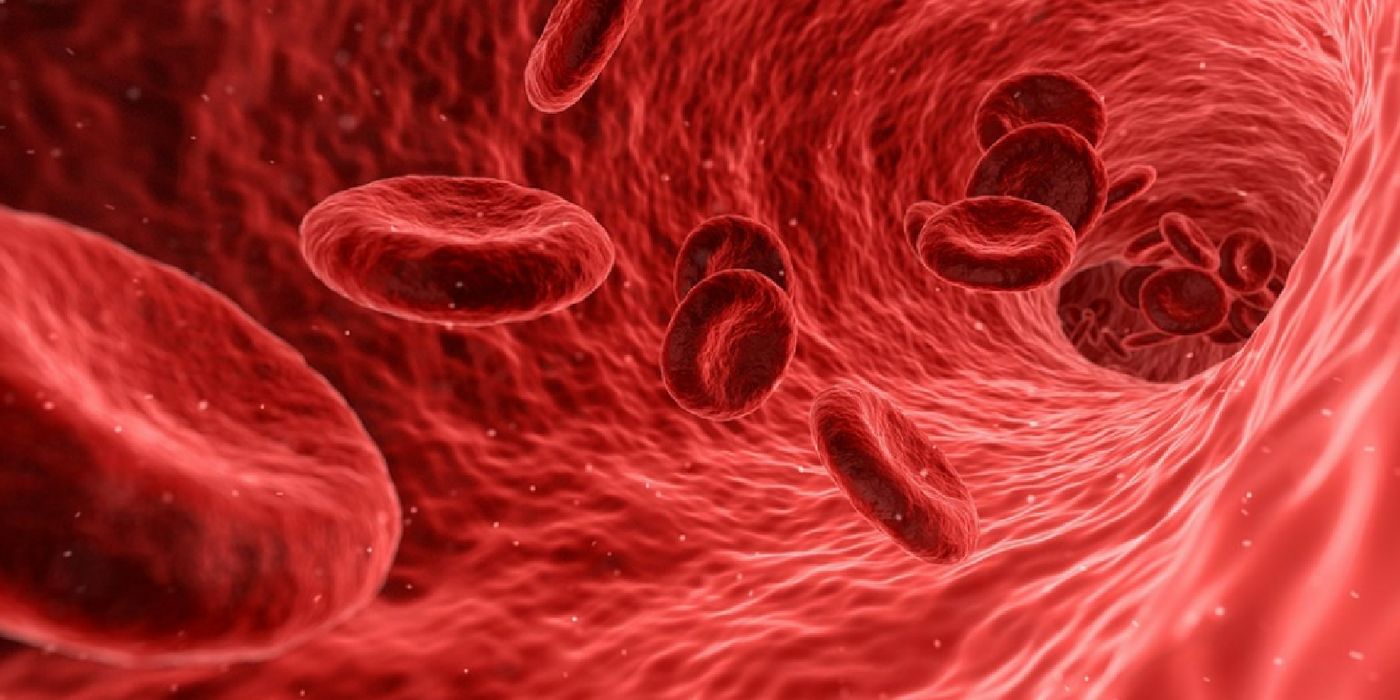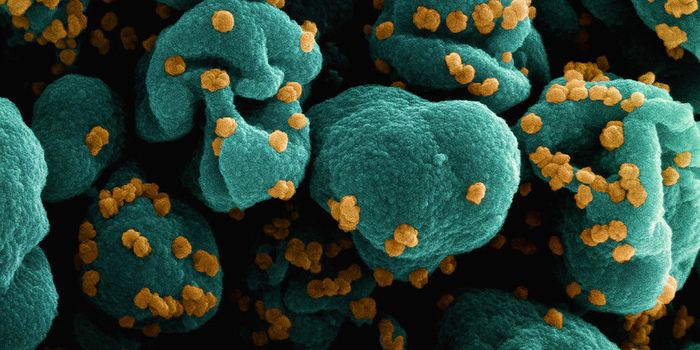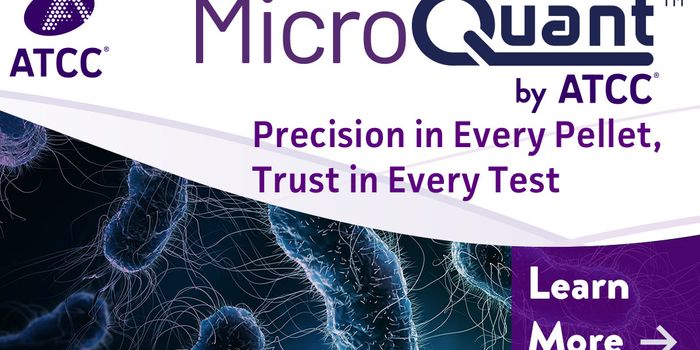By packing chemotherapy drugs in nanoscale lipid droplets, researchers say they may have found a new way to treat one of the deadliest forms of primary brain cancer known as glioblastoma multiforme (GBM). Nanotheraputics, as this field of medicine is now called, combines nanotechnology, chemistry, and bioengineering into a remarkable system with seemingly “endless and bright” possibilities, said Ann-Marie Broome, senior author of the newly published study.

Dubbed as the “octopus tumor,” GBMs are characterized with malignant glial cells forming vast networks of tendrils throughout the brain. This makes it nearly impossible to surgically remove all the cancerous tissues. As such, this brain cancer can evade even the most aggressive surgeries, chemotherapies, and radiotherapies, leaving patients with a five-year survival rate of less than 10 percent.
Another part of the reason why chemotherapy is ineffective against GBM is the blood-brain barrier (BBB). Designed to protect the brain from the environment, the BBB also prevents drugs from passing through to act on the GBM cancer cells.
To breach the BBB, Broome and her team aimed at creating nanocarriers that could ferry drugs into the brain. They designed a micelle – “a bit of fat globule” – that was so small it easily slipped past the BBB. Inside the micelle, the team packaged the chemotherapy drug, temozolomide (TMZ).
"Micelles of a certain size will cross the blood-brain barrier carrying a concentrated amount of TMZ," Broome said. To the micelles, they also incorporated platelet-derived growth factors (PDGF), which are proteins that are overexpressed in the cancer cells. "The PDGF is used much like a postal address. The micelle gets it to the street, and the PDGF gets it to the house."
Once inside the cancer, the team exploited cancer’s unnatural acidic environment to trigger the release of the drug. "We take advantage of the tumor's natural environment as well as the cellular expression. I'm a big proponent of understanding that microenvironment has an impact on how well you can treat tumors. It's probably why so many therapeutics fail - because you have to take into account the immune system, the local environment, and the cells themselves - all three of these are important considerations."
In experiment results, this method worked so well that Broome initially questioned her results. "I was very surprised by how efficiently and well it worked once we got the nanocarrier to those cells," said Broome. But after many validation experiments in different cell lines and using different drug concentrations, the results still proved promising.
In the next phase, Broome anticipates more testing with different drugs and other biomarkers for GBM. "[TMZ] may or may not be effective for all types of GBMs. There are subtypes as well as therapeutic-resistant GBMs that these nanocarriers may not impact. We need to continue rigorous testing to verify and validate our initial findings."
But for now, the team is excited for the possibilities that have opened up with this nanotherapeutics technology.
Additional source: Medical University Of South Carolina news release,








